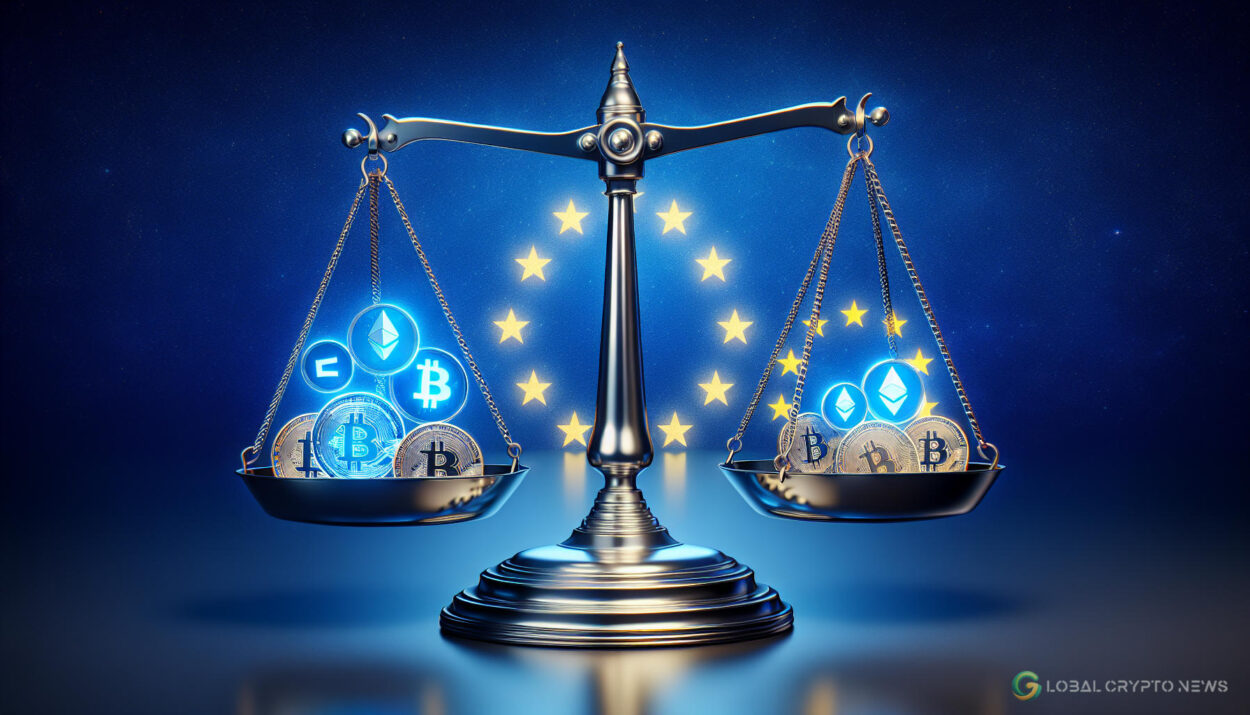Disclosure: The views and opinions expressed here belong solely to the author and do not represent the views and opinions of Global Crypto News’ editorial team.
MiCA Regulation: A Milestone for the EU Crypto Market
The Markets in Crypto-Assets Regulation (MiCA) represents a major step in the European Union’s approach to regulating the growing crypto market. Its timeline and provisions are crucial for both crypto businesses and investors. Key dates include the application of stablecoin provisions starting June 30, 2024, and the complete application of MiCA on December 30, 2024. This period marks a transformative phase in the crypto landscape.
Implementation Timelines and Transitional Periods
MiCA’s staggered timelines and transitional periods, extending up to June 30, 2026, suggest a fragmented implementation across the EU and European Economic Area (EEA). Jurisdictions like Ireland (12 VASPs), Spain (96 VASPs), and Germany (12 VASPs) will offer a 12-month transitional period. Others, like France (107 VASPs), will provide 18 months, while Lithuania (588 VASPs) might only grant five months. This transitional phase will likely lead to market consolidation as not all service providers will secure MiCA licenses.
Regulatory Readiness and Compliance Challenges
The competition among EU/EEA jurisdictions to become the primary hub for crypto activities is heating up, with France, Malta, and Ireland in the forefront. However, regulators face significant challenges in processing MiCA applications, particularly in jurisdictions with high applicant volumes. The complexity of various business models and the general lack of expertise to authorize and supervise this sector require substantial training efforts.
Challenges for Crypto Businesses
MiCA, along with related Level-2 measures and other applicable EU instruments like anti-money laundering laws, the Digital Operational Resilience Act (DORA), and the Electronic Money Directive (EMD), creates a complex regulatory framework. Understanding what provisions apply to each entity type and what documentation needs to be implemented will be challenging for some.
The delisting of crypto-assets, particularly stablecoins, from EU exchanges due to issuers’ failure to obtain licenses on time will pose significant hurdles. Adapting to MiCA will strain many entities and require substantial investments in technological infrastructure. The Travel Rule mandates that CASPs transfer extensive information about the originator, adding another layer of complexity and highlighting the need for harmonization within the EU.
Key Crypto Market Outcomes
Despite these challenges, MiCA inspires confidence in EU entities due to increased regulatory oversight, investor protection, and the attraction of mainstream institutional participation. Enhanced consumer protection measures mitigate risks like fraud and hacking, fostering trust among retail clients.
MiCA’s reporting requirements will enable regulators across the EU to monitor market activities effectively. The ability to freely passport activities across the EU will facilitate cross-border operations, reducing regulatory fragmentation and expanding market reach.
MiCA’s comprehensive regime sets a precedent for global regulatory frameworks. Other jurisdictions may replicate some of MiCA’s provisions, contributing to regulatory harmonization on a worldwide scale. However, concerns remain about whether it will stifle growth and innovation, prompting businesses to consider relocating to more permissive jurisdictions.
Future Steps After MiCA
MiCA’s gaps in regulating emerging areas like true DeFi, lending, and NFTs require ongoing policy discussions and further regulatory measures. Future reports on these aspects will inform regulatory developments, potentially leading to a second iteration of MiCA or supplementary measures in the next four to five years.
MiCA signals a new era of regulation in the crypto market, balancing innovation with investor protection and market integrity. While challenges persist, MiCA lays the groundwork for a more transparent, secure, and inclusive crypto framework in the EU and beyond. As the crypto landscape continues to evolve, regulatory regimes must adapt to emerging trends and technologies, ensuring sustainable growth and fostering investor confidence.
For more updates and insights on the evolving crypto market, stay tuned to Global Crypto News.
























